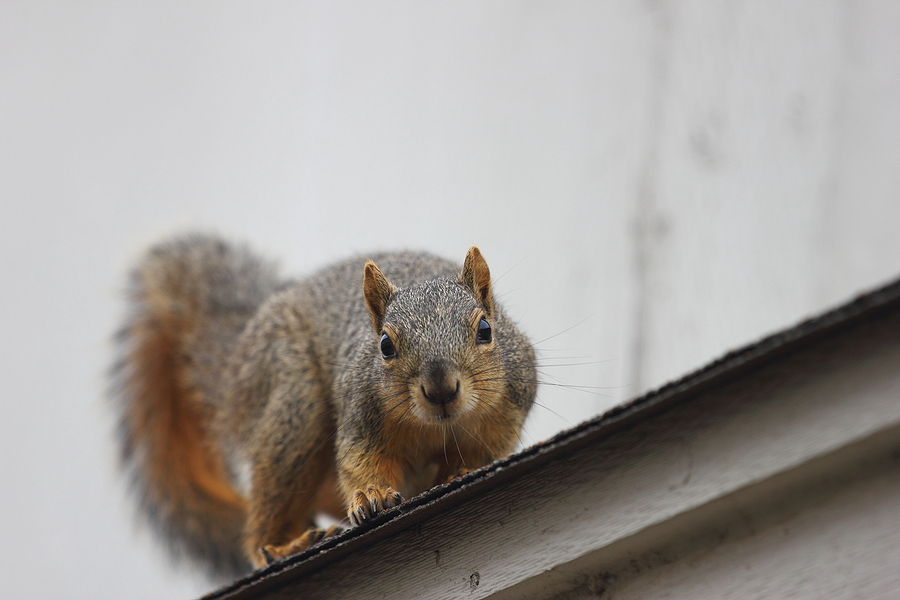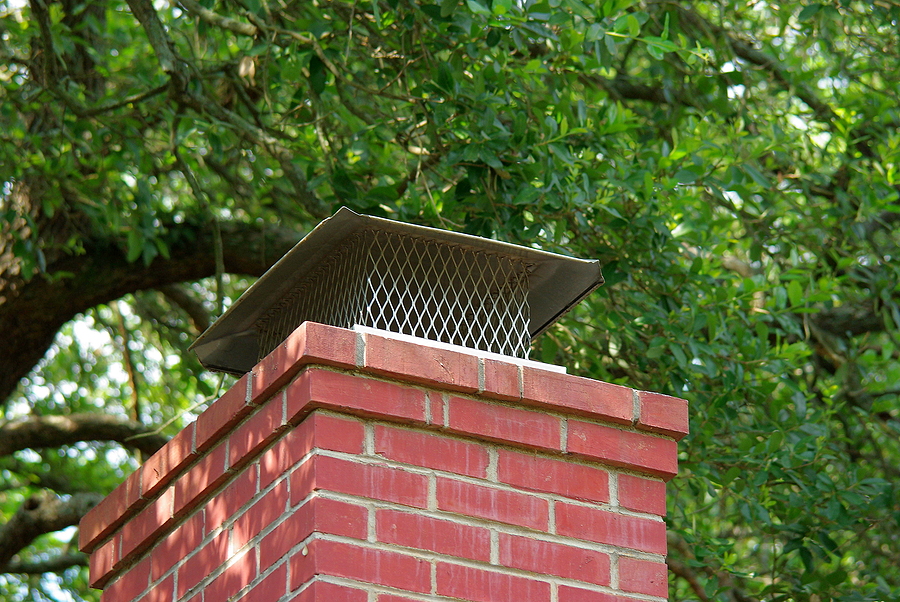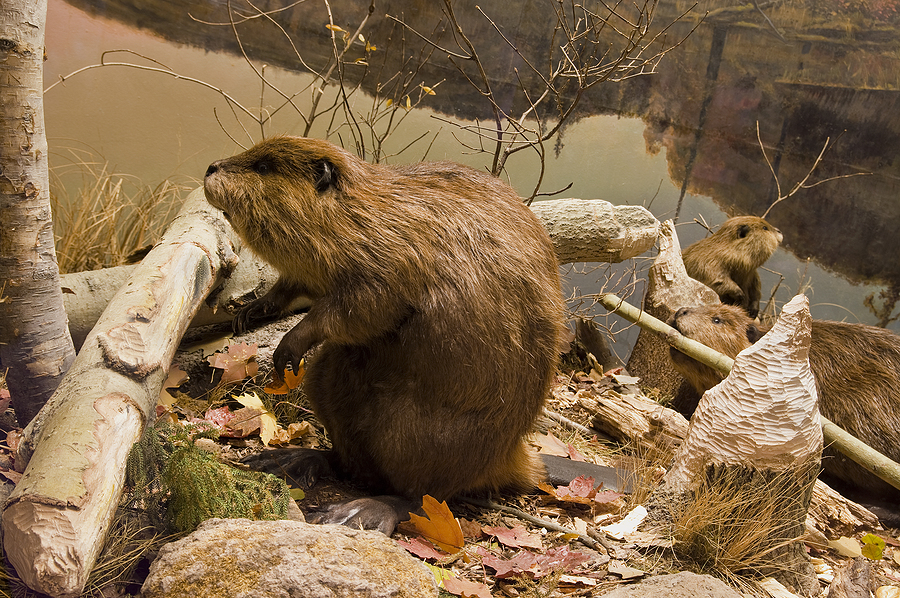Discovering unexpected guests in your home isn’t akin to a surprise party; these are intruders that can signal massive headaches if not caught early. We’ll be your pest detectives on the trail, identifying the sounds and signs left behind by various critters that are more likely to flee once found than offer a friendly handshake.
If you’ve been hearing things go bump in the night, or perhaps you’ve noticed mysterious droppings in the kitchen, it’s time to investigate. From the tiniest mice to the grandest of raccoons, no space is too small or too large for an animal infestation. Unchecked, these can lead to health hazards, damage to structures, and costly cleanups. Here’s a comprehensive guide to identifying and addressing the pesky critters that might be making themselves all too comfortable in your space.

The Pitter-Patter of Animal Infestations
The first step to dealing with an animal infestation is recognizing the signs. Some are subtle, while others are as loud and clear as a raccoon raid on your trash cans. Here are the most common ways to detect a wildlife intrusion on or around your property:
Visual Clues
When an animal takes up residence, their habits and trails become the breadcrumbs of their existence. Visual signs, such as chewed wires, gnawed insulation, and burrowed pathways, provide irrefutable evidence. Droppings, tracks, and even sightings themselves are all unmistakable indicators of an infestation.
Even the smallest of creatures like mice and insects leave traces – they are more than footprints, they are calling cards. Rodents create runways and nests in insulation, while larger mammals might breach your home’s exterior for shelter, leaving a gaping entry in their wake.
Sounds You Might Hear
Unlike visual signs that demand your attention, auditory clues can be subtle, and sometimes the challenge lies in distinguishing these foreign sounds from the expected soundtrack of your home. Nocturnal animals stirring during the night, the scurrying of feet in your walls, or relentless scratching can all be telltale signs of an unwanted house guest.
Lingering Odors
The sense of smell should not be dismissed in detection. Animals like bats, who often take refuge in the upper echelons of your home, leave behind musty odors. Other critters, such as rats and squirrels, have a less than pleasant aroma due to their nesting materials and waste.
Common Invaders to Watch Out For
Each type of infestation comes with its own set of sounds and signs. By identifying the specific pest, you can hone your approach to resolution.
Mice and Rats
The first invaders you’re likely to encounter are the veritable champions of infestation – mice and rats. They don’t just confine themselves to the kitchen; these freeloaders set up camp wherever they can find warmth and a ready food source. Their presence is marked by droppings and gnaw marks, and their high-pitched squeaks might be just within your hearing range.
Bats
Bats, nature’s nocturnal navigators, might not make a lot of noise, but they do leave distinctive signs. Their guano accumulates under their roosts and marks them as a flying menace. If you’re unfortunate enough to hear them, it’s often a flutter of activity echoing through the ceiling.
Squirrels
Squirrels, with their affinity for heights, can make the attic seem like a playground. Telltale signs include noises in the attic or walls, chewed wood and wires, storage of food around their nests, and, of course, their easily recognizable chattering echoes.
Raccoons and Larger Mammals
Raccoons are not just crafty; they’re also a force to be reckoned with. Their signs are more akin to vandalism – torn shingles, broken vents, and a general disarray. They are audible from a distance and not particularly furtive about their presence. Skunks and opossums are also common raiders of crawl spaces, porches, and decks.
The Risks of Ignoring a Wild Animal Intrusion
Ignoring the signs of infestation is akin to writing a blank check to future issues. The lack of immediate damage doesn’t equate to no long-term risk; in fact, it might just compound it.
Health Hazards
Pests are not only annoying; they are also carriers of disease. Rats, for example, are historically known carriers of bubonic plague. Their mere presence, never mind contact, poses a threat to public health. Ticks, fleas, and mosquitos are all facilitated by infestations, spreading diseases to humans long after the pests have gone.
Structural Damage
The animals within your walls don’t pay rent but can cost you dearly. Electrical damage by chewing rodents can lead to fires. Structural integrity compromised by nesting can lead to collapses. And these squatters have no regard for a property’s value or condition – they’ll leave behind urine, feces, and a legacy of mess that takes a professional cleanup to remedy.
How to Safely Animal-Proof Your Home
Preventing infestations is often a game of fortification. Securing your home against entry and reducing attractants are the two pillars of a sound pest management strategy.
Securing the Weak Points
Animals are crafty, but they’re not locksmiths. Sealing cracks and gaps, repairing damages to the roof and foundation, and maintaining screens and vents can significantly reduce the chance of unwanted incursions. Routine checks and maintenance are crucial in keeping your home critter-free.
Attractants and Access to Food
A messy household can be an all-you-can-eat buffet for the uninvited. Proper waste management, prompt cleaning of spills, and sealing stored food can remove the allure of your home to pests.
Professional Wildlife Control
DIY approaches have their place, but when an infestation has taken hold, it’s time to call in the experts. Professional wildlife control services are equipped not only to remove the pests but also to advise on preventive measures and, if need be, the restoration of your home.
Summary
Treating an animal infestation isn’t just about getting rid of the culprits – it’s about safeguarding your health, your home, and your peace of mind. Early detection is your best ally, and a proactive approach can save you from dealing with the aftermath of unchecked pest populations.
Don’t wait for the signs to scream out about your infestation; be attuned to the subtle whispers of warning. Take these steps, protect your domain, and ensure pests remain as characters in bedtime stories, rather than living rent-free in your reality.
Looking for a professional approach to dealing with nuisance animal invasions and tampering? Contact Virginia Wildlife Pros at 804-292-0156 for professional wildlife removal and control service in Richmond, Virginia for all types of native species, today.
Related Posts:
Preventing Animal Infestations: What You Need to Know
Understanding Rodents: How to Prevent an Infestation
The Importance of Professional Wildlife Removal and Control Service









